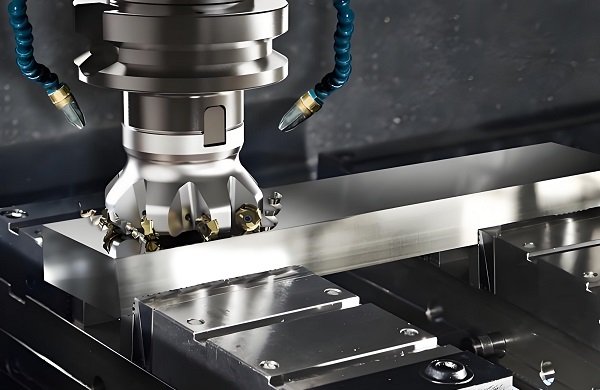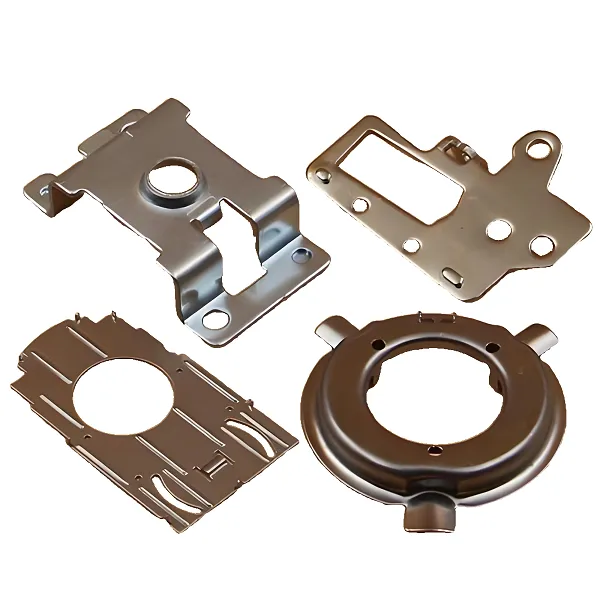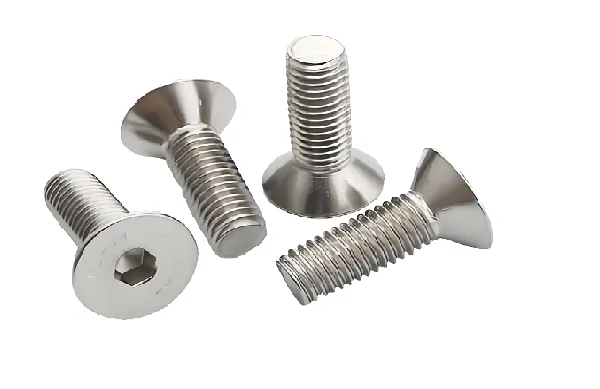Introduction
The purpose of this document is to comprehensively introduce the production process of CNC machine tools, types of equipment, corresponding to the production of product types, scope of application, product characteristics and material requirements, for the production, operation and maintenance of CNC machine tools to provide scientific and rigorous guidance.

1. Types of equipment
CNC machine tool (Computer Numerical Control Machine Tools, referred to as CNC machine tools) is a kind of automatic machine tool controlled by computer program. According to the different processing methods and functions, CNC machine tools can be divided into various types, including but not limited to:
1.1 CNC Lathe: It is mainly used for machining rotary body parts, such as shafts, disks, bushings and so on.
1.2 CNC milling machine: suitable for multi-axis machining, which can process complex shapes such as curved surfaces, molds and parts.
1.3 CNC Drilling Machine: mainly used for processing hole parts, such as shafts, sets, plates, etc., support multi-axis drilling processing.
1.4 CNC Grinding Machine: High precision machine tool for machining parts surface, such as plane, cylindrical surface, conical surface, etc., the precision can reach micron level.
1.5 CNC bending machine: specialized in plate bending processing.
1.6 CNC Laser Cutting Machine: utilizing laser for high precision cutting and marking.
1.7 Special processing machine tools: such as CNC EDM machine, CNC wire cutting machine, etc., for processing of special materials.
2. Corresponding to the type of production products
CNC machine tools are widely used in many fields and can produce many types of products, including but not limited to:
2.1 Shafts, disks and shell parts in the machinery manufacturing industry.
2.2 Complex aero-engine blades and aircraft structural parts in the aerospace field.
2.3 Engine blocks, cylinder heads, crankshafts, connecting rods and other key parts in the automotive manufacturing industry.
2.4 Plastic molds, die-casting molds, stamping molds, etc. in the mold manufacturing industry.
2.5 Orthopedic implants, dental restorations and other high-precision parts in the medical device industry.
3.Scope of application
CNC machine tools have a wide range of applications, covering from simple parts to the manufacture of complex precision parts. Its main application areas include:
3.1 Machinery Manufacturing: Provide high precision and high efficiency machining solutions.
3.2 Aerospace: to meet the demand for high-precision machining of complex parts.
3.3 Automotive manufacturing: improve productivity and reduce manufacturing costs.
3.4 Mold Manufacturing: Ensure the precision and stability of molds.
3.5 Medical equipment: to realize high-precision and high-finish parts processing.
4. Product Characteristics
The products produced by CNC machine tools have the following characteristics:
4.1 High precision: adopting high-precision servo motors and ball screws to realize micron-level machining precision.
4.2 High efficiency: high degree of automation, reducing manual intervention and improving production efficiency.
4.3 High reliability: adopting advanced control system and drive system, low failure rate and long service life.
4.4 Flexibility: the machining program can be quickly adjusted according to different machining needs, and the conversion of multiple machining methods can be realized.
4.5 Easy to operate: the operation interface is friendly, and the operator can quickly master the operation skills through simple training.
5. Material requirements
CNC machine tools have high requirements for machining materials, mainly including:
5.1 Strength: the material needs to have enough strength to withstand the cutting force and inertia load in the machining process.
5.2 Hardness: high hardness materials can ensure cutting performance and stability.
5.3 Wear resistance: the material needs to have high wear resistance to extend the service life of machine tools and cutting tools.
5.4 Toughness: the material should have a certain degree of toughness and impact resistance to withstand the loads and impacts of the machining process.
5.5 Thermal stability: the material should remain stable under high temperature environment to avoid thermal deformation affecting machining accuracy.
5.6 Hardness:
The hardness of the material machined by the CNC machine tool needs to be determined according to the machining method and the type of cutting tool. In general, the hardness of the cutting tool should be higher than the hardness of the workpiece material to ensure cutting efficiency and tool life. For example, for high-speed steel cutting tools, the hardness of the workpiece material should not exceed HRC45; while for carbide cutting tools, higher hardness materials can be processed, such as HRC55-65 carbide.
Some special processing, such as grinding processing, the material hardness requirements are higher, because the grinding process itself is a high hardness of the abrasive grain on the surface of the workpiece cutting process. At this time, the hardness of the workpiece material may reach HRC70 or more.
5.7 Strength:
The strength of the material determines its ability to resist deformation and fracture during processing. For CNC machine tool processing, the tensile strength of the material, yield strength and other mechanical property indicators need to meet the design requirements. For example, in automobile manufacturing, the engine block material (such as aluminum alloy) needs to have high tensile strength and yield strength to ensure its stability and safety under high load conditions.
5.8 Wear resistance:
Wear resistance refers to the ability of a material to resist wear during friction. In the process of CNC machine tool machining, the friction between the tool and the workpiece will produce wear, so the workpiece material is required to have a certain degree of wear resistance. The specific value of wear resistance is difficult to give directly, but it can usually be assessed indirectly through the hardness, organizational structure and chemical composition of the material. For example, materials containing hard phases (e.g. carbides, nitrides, etc.) tend to have better wear resistance.
5.9 Toughness:
Toughness is the ability of a material to absorb energy without brittle fracture when subjected to an impact load. For CNC machine tool machining, materials with good toughness can mitigate the impact and vibration generated during the machining process to a certain extent, and protect the machine tool and tool from damage. The toughness of a material can be quantitatively assessed by the impact toughness value (e.g. Charpy V-notch impact test value). Impact toughness values vary considerably from material to material, and specific values should be referred to the relevant material standard or datasheet.
5.10 Thermal Stability:
Thermal stability refers to the ability of a material to keep its mechanical and physical properties stable in a high temperature environment. CNC machine tools in the machining process will produce a large amount of cutting heat, if the thermal stability of the workpiece material is poor, it is easy to lead to thermal deformation, thermal expansion and other problems, affecting the machining accuracy and product quality. Therefore, the workpiece material is required to maintain a certain degree of hardness and strength at high temperatures. Specific assessment methods for thermal stability include measurement and analysis of parameters such as coefficient of thermal expansion, thermal conductivity, and thermal stress.
As an important equipment in modern manufacturing industry, CNC machine tools provide strong support for the production of products in various fields due to their high precision, high efficiency and high reliability. Through the detailed introduction of this SOP document, it is hoped that it can help related personnel to better understand the production process, equipment types, product characteristics and material requirements of CNC machine tools, and provide scientific and rigorous guidance for production practice.






